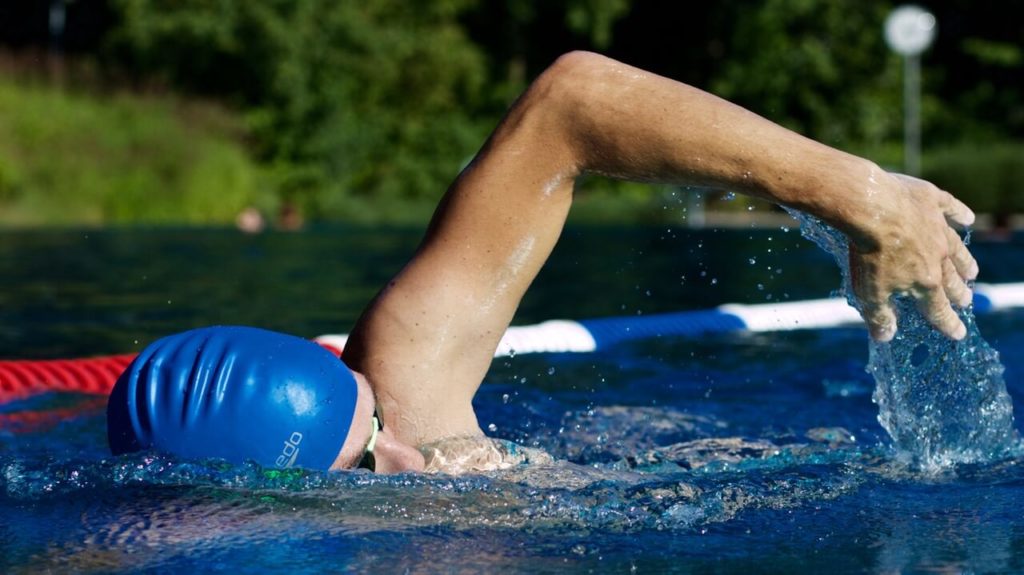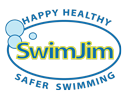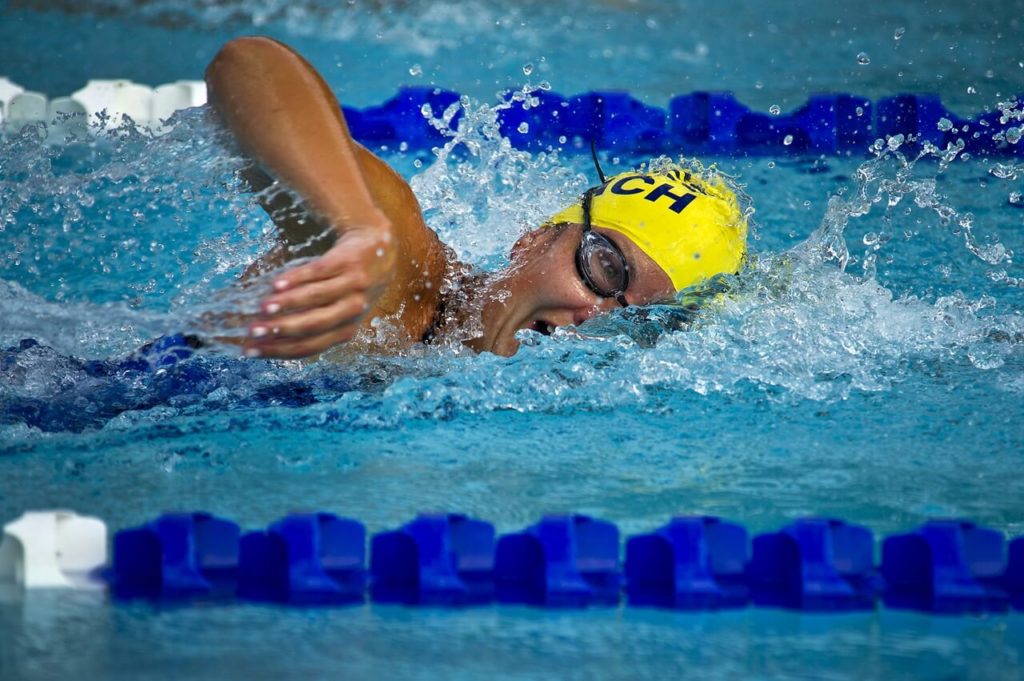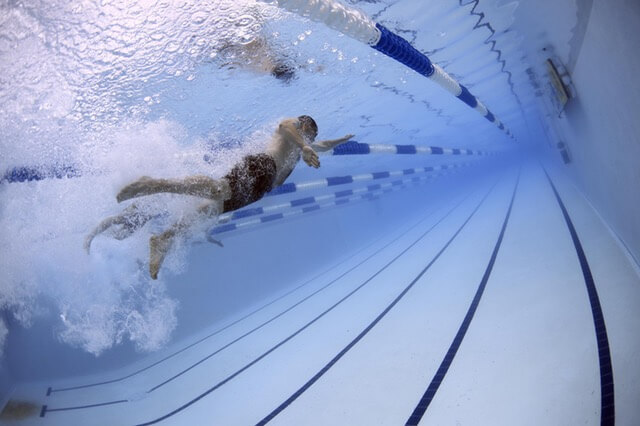 Whether you have watched people swimming lanes at the local pool or freestyle Olympic competitions on TV, you have more than likely seen the freestyle stroke, also known as the front crawl. The freestyle stroke maximizes speed and efficiency which is why it is the most preferred stroke of athletes and competitors.
Whether you have watched people swimming lanes at the local pool or freestyle Olympic competitions on TV, you have more than likely seen the freestyle stroke, also known as the front crawl. The freestyle stroke maximizes speed and efficiency which is why it is the most preferred stroke of athletes and competitors.
Learn more about the freestyle stroke, common mistakes often made while attempting this stroke, and techniques you can try to improve your front crawl in the tips below.
Freestyle Stroke
The freestyle stroke is done from the prone position in the water, which means face down in the water.
Arms – To execute this stroke, your arms alternate movements from an overhead position moving backward towards the hip, propelling you forward, to coming from the hip and out of the water to the overhead position.
Legs – The freestyle stroke requires your legs to kick up and down in the water with pointed toes which is a simple technique called a flutter kick.
Watch the freestyle stroke in action.
Breathing
In order to front crawl stroke successfully, you must breathe at the right time during the recovery phase. Inhale the moment your mouth clears the water on your recovery side (side your arm is out of the water reaching forward) and begin to exhale the moment your face turns downward into the water.
You can use this technique to breathe unilaterally, every other stroke, which means you’re always breathing when the same arm is recovering, or bilaterally which is every third arm stroke. Bilaterally is more balanced and helps you learn to breathe on both sides.
Common Freestyle Mistakes
Wide Arm Recovery
Wide arm movements during recovery expends too much energy and leads to an inefficient freestyle stroke by forcing more of your body to sink into the water.
Technique: Let your elbow lead the recovery allowing your muscles to be as relaxed as possible. Your hand should be loose with your forearm dangling as soon as your arm exits the water. Prevent overreaching by entering the water with your recovery arm close in front of your head.
Better understand your buoyancy and how reaching effects it by swimming on your side and noting how your body sinks deeper into the water the higher your arm reaches. Knowing this correlation will help you intentionally prevent overreaching.
Looking Forward
Though looking where you’re going is a natural instinct, it creates a problematic body position during the freestyle stroke. Facing ahead means you’ll be working harder and going slower because it puts your body in a position that creates more resistance.
Technique: Look at the black line at the bottom of the pool to track where you are going. This will not only ease your resistance, but relaxing your neck by looking down will allow your core to do most of the work which will put less strain on your back.
Adopt a head position that works for your body type and swimming technique. A mid-head position, used by many of the best swimmers in the world, lets you see slightly in front of you, but still keeps your body in a high position in the water. For a good mid head position, your hairline should be just cresting the top of the water and though you’re looking down at the black line, you’re seeing about 1-2 meters ahead at the bottom of the pool.
Crooked Arm Pulling
Fully extending your arm when reaching in front of you during the freestyle stroke can cause you to pull crooked, fishtail, and put extra stress on your shoulders.
Technique: Imagine there is a line down the middle of your body from head to toe, you do not want your arm to cross over this line onto the other side when reaching your propulsive arm out and into the water.
Be sure to rotate in order to prevent pulling crooked from the start. Practice rotating your shoulders and your reach with your back up against the pool wall.
- First, start with both shoulders against the wall and reach in front of you to see how not rotating makes you cross over that imaginary line to enter the water in front of your body.
- Then try it with only one shoulder on the wall with your body rotated, you’ll see your arm directly in your field of vision setting the stroke up correctly.
- Practice this rotating while swimming a few laps paying close attention to whether your arm is pulling straight back or still cutting underneath your body. Seeing the error will assist you in adjusting your arm movements.
It’s never too late to learn and perfect your swimming skills. Dive into some swimming lessons for adults and make waves with the experts at SwimJim. Looking for private or group lessons for a variety of ages? Contact us today to see how the SwimJim team can help!


